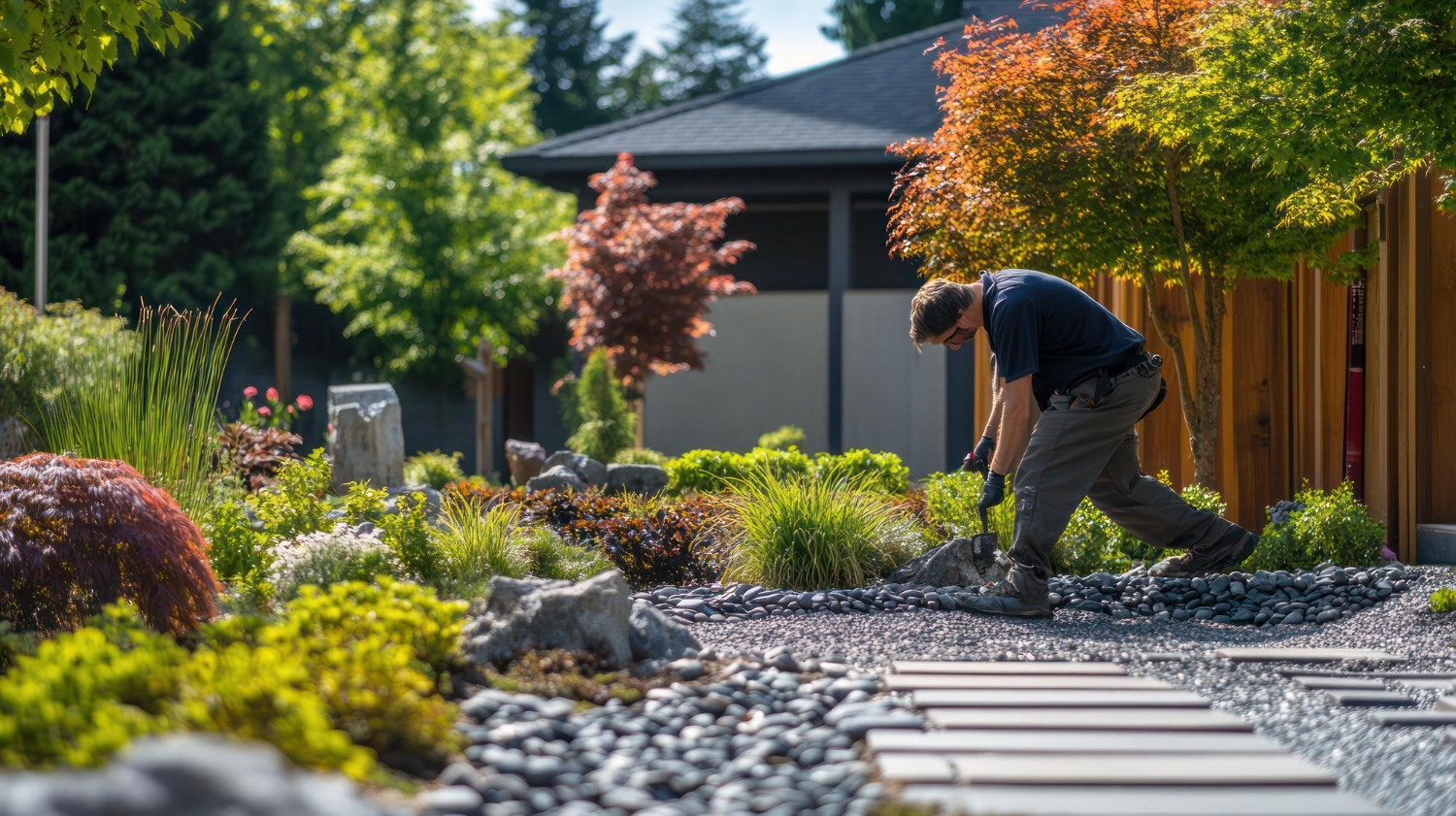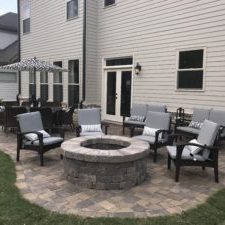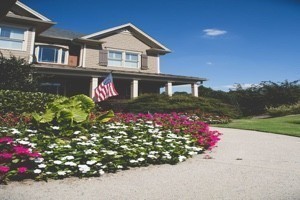Dry creek beds are a fantastic addition to any landscape design. They offer both functional and aesthetic benefits, making them a popular choice among homeowners. A dry creek bed can help manage drainage issues, prevent erosion, and create a visually stunning focal point in your yard.
Dive in to learn more about the benefits, design tips, and maintenance of dry creek beds and see why they’re the perfect addition to your landscape.
Benefits of Dry Creek Beds for Your Landscape
Dry creek beds offer numerous benefits that make them a great addition to any landscape. One major advantage is their ability to control water runoff. During heavy rain, water can pool in low areas, causing damage to your yard and home. A dry creek bed channels this runoff, guiding the water away from critical areas and preventing erosion. This not only helps maintain the integrity of your landscape but also promotes better water management.
Another significant benefit is the aesthetic appeal. Dry creek beds create a natural, visually attractive feature that adds texture and depth to your garden. The combination of rocks, pebbles, and carefully selected plants can turn an ordinary yard into a beautiful, dry riverbed that enhances the overall look of your property. This natural look can blend seamlessly with various landscape styles, from rustic to modern.
Low maintenance is yet another perk of dry creek beds. Once installed, they require minimal upkeep compared to traditional water features or flower beds. There’s no need for regular watering or mowing, which makes them ideal for busy homeowners. Plus, they provide an excellent habitat for local wildlife, attracting birds and beneficial insects to your garden.
Designing an Effective Dry Creek Bed
Designing an effective dry creek bed starts with proper planning. First, identify the problem areas in your yard where water tends to accumulate. These are ideal spots for your dry creek bed. Consider the natural flow of water, ensuring the creek bed will channel runoff effectively. Plan the route of your creek bed, allowing it to wind naturally for a more realistic appearance. Gentle curves and varying widths can make your dry creek bed look more authentic.
Next, think about the depth and width of your creek bed. A wider, shallow bed will handle larger volumes of water and is less likely to overflow. Typically, a depth of six to eight inches is sufficient. Digging out the path and creating a slight slope will help guide the water flow. Line the bottom with landscape fabric to prevent weeds from growing and to keep the base layer of rocks from sinking into the soil.
Once the route is established, start adding rocks and pebbles. Use a mix of sizes to mimic a natural creek bed. Larger rocks can be placed along the edges, while smaller pebbles and gravel fill in the center. This arrangement provides stability and helps with water erosion. To enhance the visual appeal, incorporate a variety of rocks, from smooth river stones to rugged gravel.
Choosing the Right Rocks and Plants
Selecting the right rocks and plants can significantly enhance the appearance and effectiveness of your dry creek bed. Start with the rocks, which are the main feature. Use a variety of sizes and types to create a natural look. Larger boulders add visual impact and can be placed at bends or at the start of the creek bed. Medium-sized rocks help form the main channel, while small pebbles and gravel fill in gaps and provide smooth surfaces for water to flow over.
When choosing rocks, consider their color and texture. Natural river rocks, for example, have smooth surfaces and earth-toned colors that blend well in gardens. Crushed gravel comes in various shades and can add contrast and interest. Mixing different types of rocks will give the creek bed a more authentic feel.
Plants play a crucial role in softening the look and integrating the creek bed into the landscape. Choose native plants that thrive in your area and require little maintenance. Drought-tolerant plants like ornamental grasses, sedges, and small shrubs are excellent choices. Flowering perennials add color and attract pollinators. Plant them along the edges of your creek bed to simulate a natural riverbank.
Maintenance Tips for Longevity
Maintaining your dry creek bed ensures it stays functional and attractive for years to come. Regular upkeep doesn’t have to be time-consuming if you follow a few simple tips. First, inspect your dry creek bed periodically, especially after heavy rain. Check for any signs of erosion or displaced rocks. Reposition rocks as needed to maintain the flow and appearance.
Keep the creek bed free of debris like fallen leaves and branches, which can obstruct water flow. Use a leaf blower or rake to clear debris regularly. Weeds can also become an issue if they manage to grow through the rocks. Pull weeds by hand or use a weed barrier fabric under the rocks to minimize growth.
Proper plant care is also essential. Trim and prune plants along the creek bed to prevent them from overgrowing and covering the rocks. Water plants as necessary, especially in dry periods, to keep them healthy. Mulching around plants can help retain moisture and reduce weed growth.
Conclusion
Dry creek beds offer numerous benefits that make them an excellent addition to any landscape. They help manage water runoff, prevent erosion, and add a unique visual element to your yard. With careful design and the right rock and plant choices, you can create a dry creek bed that enhances the beauty and functionality of your outdoor space. Additionally, with minimal maintenance, your dry creek bed will continue to be an attractive and effective landscape feature for years to come.
If you’re considering adding a dry creek bed to your landscape, or need assistance with any outdoor design projects, we can help. Our team of dry creek builders specializes in creating beautiful, functional outdoor spaces that you can enjoy year-round. Contact Sugar Hill Outdoors to learn more about how we can transform your garden into a stunning oasis. Contact us today to start your project!





